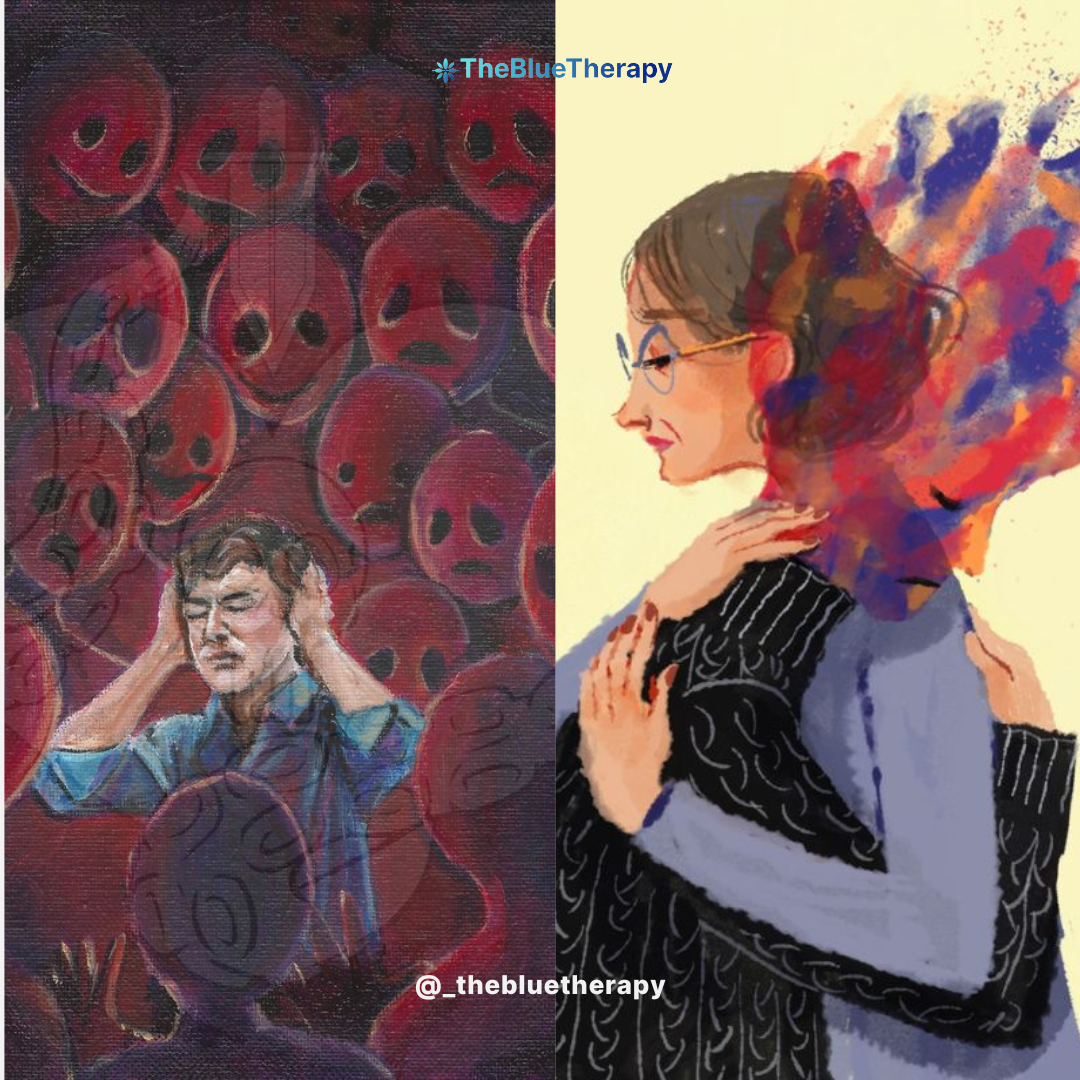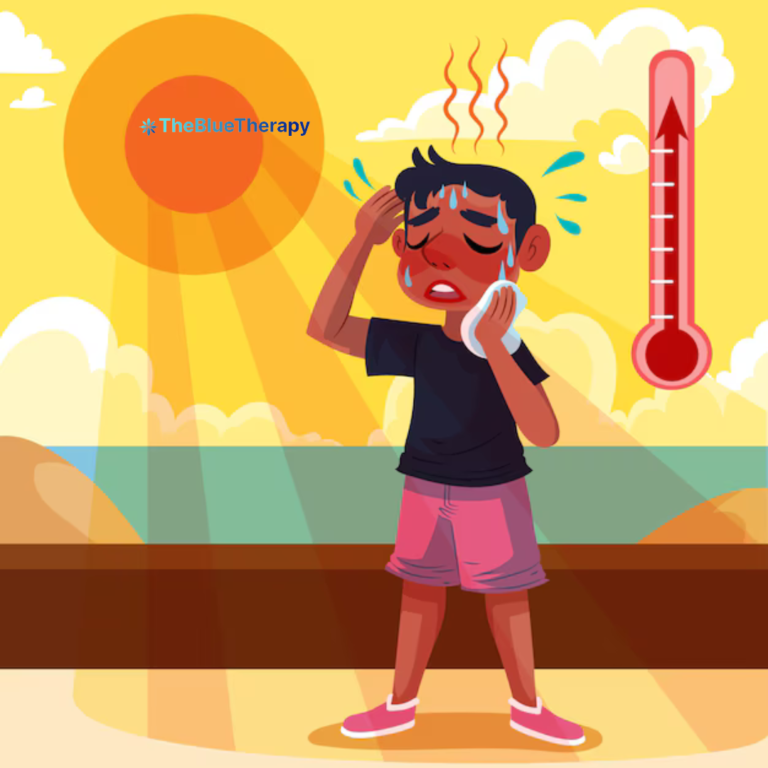From Drama to Dialogue: Truth About Therapy in Bollywood
The debate on the poor representation of the Mental Health field and Professionals in the Hindi Entertainment Industry has been quite in the talks recently. We thought now’s the time to pen down our understanding as well.
While captivating narratives and adding a dramatic flair draw an audience, the cost can be high: perpetuating harmful stereotypes and hindering help-seeking behaviour. As a Mental Health Professional and to future professionals, we understand the responsibility that storytelling carries.

Vaibhavi, our Founder at The Blue Therapy has listed down 4 such reasons why Bollywood often misses the mark:
1. Dramatization for Entertainment’s Sake:
Showcasing a mental illness, for some, might equal to cinematic gold field, a guarantee for gripping moments and box office success. Films are usually a product of exaggeration of reality and fantasy. They often become a breeding ground for stigma, associating mental illness with the supernatural/paranormal or portraying sufferers as unstable and unpredictable. This not only creates fear but also provides an additional excuse to alienate people with mental illness from the community.
2. A Narrow Spectrum of Stories:
Wrongfully portraying a field or area in television and films, not only makes the Hindi Entertainment Industry misguided but also shows the generation and the mindset the writers, producers and directors live in. Furthermore, Hindi cinema suffers from a limited scope of mental health narratives. Depression, anxiety, and maybe a dash of amnesia dominate the scene, while numerous other conditions remain invisible. This selective spotlight fosters the misconception that mental illness can be treated with a warm hug and a change of heart, neglecting the need for professional intervention and diverse treatment approaches. Also, linking the onset of a mental illness to paranormal activity showcases a lack of research, refinement, and understanding, further perpetuating harmful myths.
3. Blurred Boundaries of a Therapist-Client Relationship:
I believe Bollywood really loves its unconventional therapy sessions, rather a Vogue version of therapy. We’ve seen TV therapists dispensing life advice over chai, engaging in questionable silence and intimacy, and also crossing ethical boundaries with reckless questioning! These portrayals not only misrepresent the nature of a therapeutic relationship but also undermine the trust and professionalism crucial for well-being. While movies like Dear Zindagi and Taare Zameen Par, got a few things right – in terms of offering support and a glimpse of the therapeutic process, it also fell prey to romanticization and painting an unrealistic picture of therapy.
4. Stereotyping Mental Health Professionals:
Even in reality, oftentimes, Mental Health as a field and a profession is viewed in a negative light. And Hindi cinema is no different; from the cold, judgmental psychiatrist to the eccentric, aloof therapist, trying to butt into their client’s life, these portrayals reinforce the harmful stigma surrounding professionals who dedicate their lives to helping others. This negative light further discourages individuals from seeking the support they desperately need.
Conclusion
Cinema has the power to shape perceptions and influence hearts. Not saying that all cinema and TV have got things wrong, some have made genuine efforts to portray mental health with sensitivity and awareness. As audiences become more discerning, aware and accepting, there is an opportunity for the entertainment industry to contribute positively to mental health conversations.
A few questions that we believe can maybe change the storytelling to create a safe and authentic portrayal of mental health issues and professionals:
- Why am I telling this story?
- Is Mental Health Condition used as a plot device?
- Should Mental Health Conditions be used as a humour?
- Is there an unnecessary stigma depicted already?
- Is help-seeking behaviour depicted as well?


